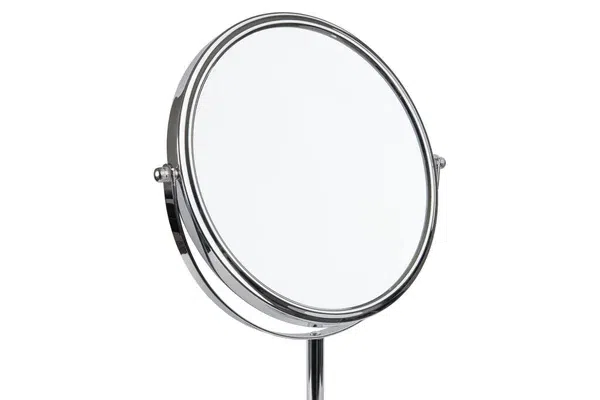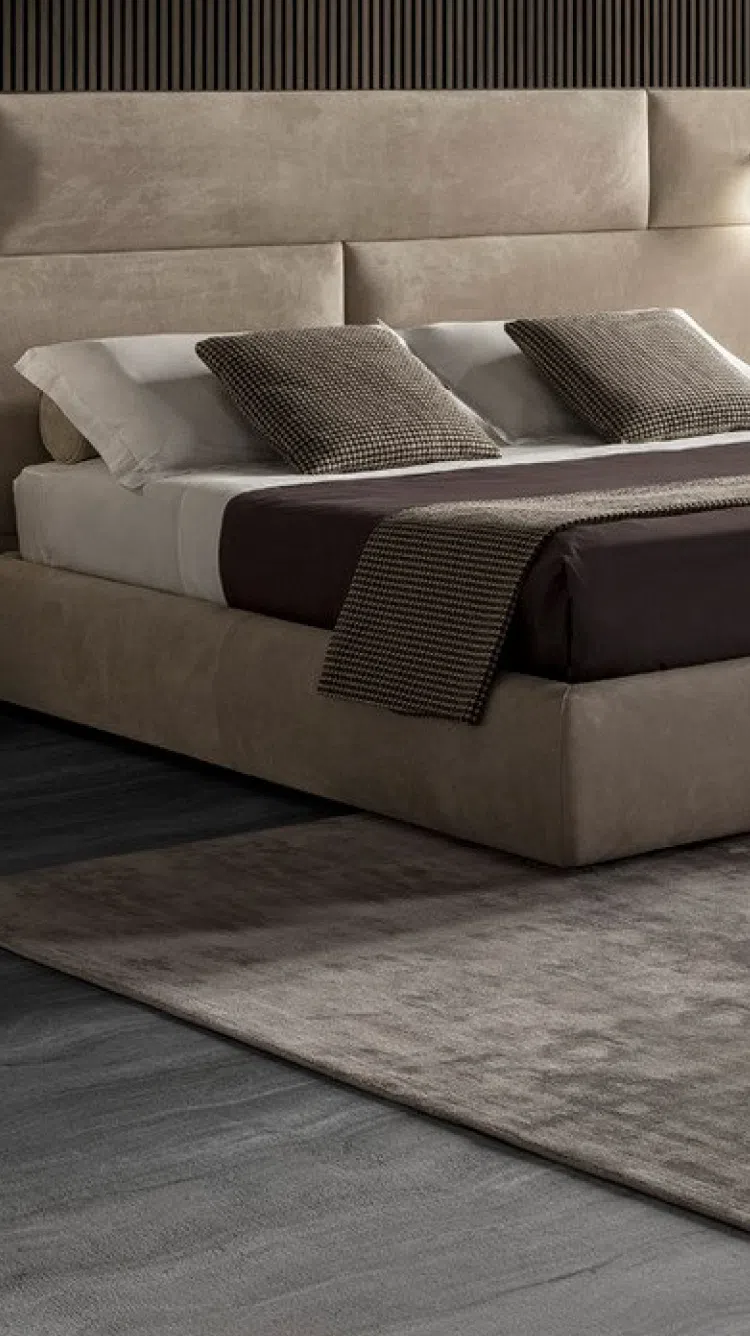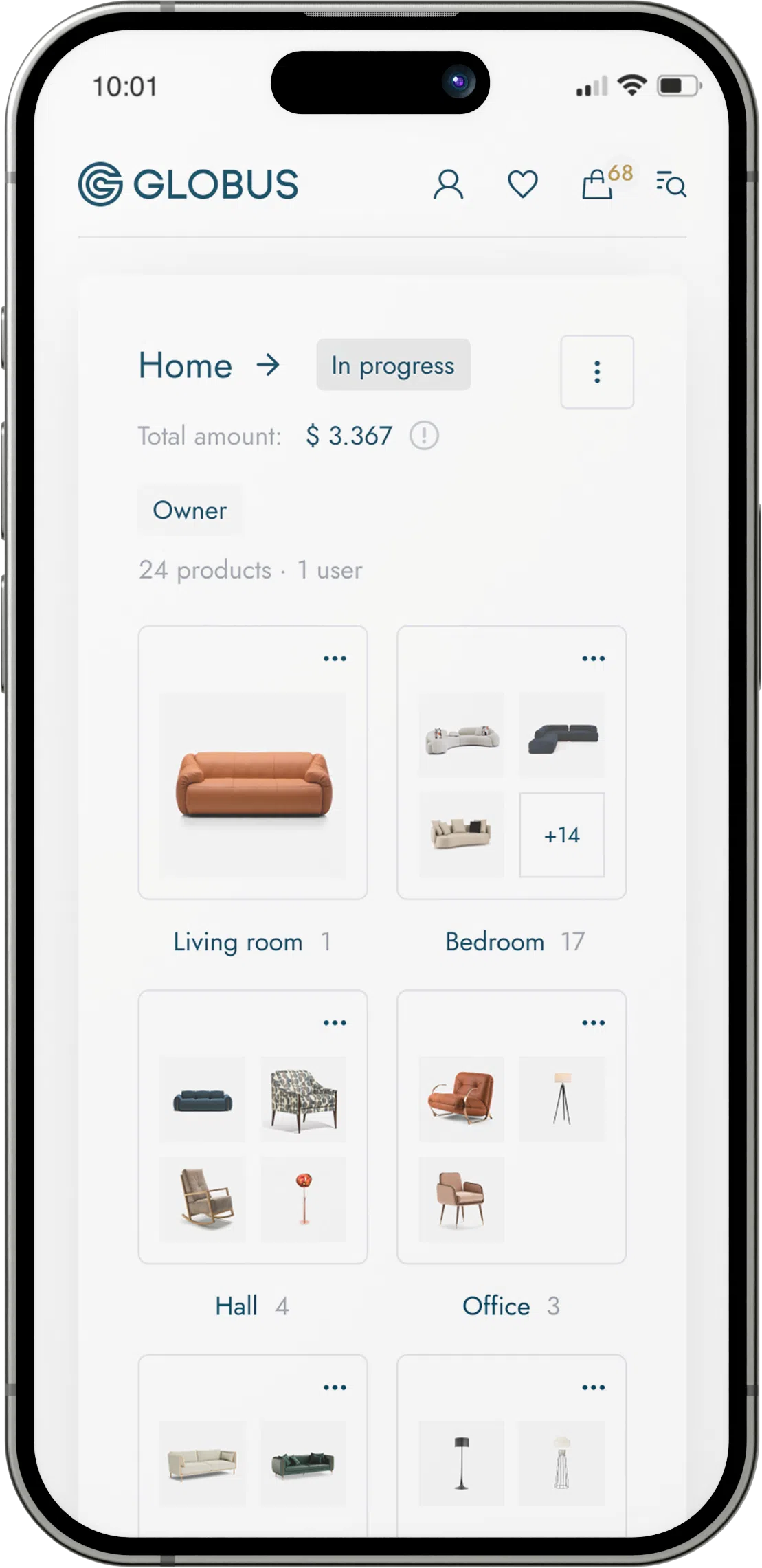
Traditional mirrors are created by applying a reflective coating to a suitable substrate. Here's a breakdown of the key components and types of mirror materials used in furniture.
Substrate:
Glass: The most common substrate for mirrors is glass due to its transparency, ease of cleaning, and durability. Flat glass is used to produce a clear and accurate reflection. Special types of glass, like low-iron glass, can also be used for an ultra-clear mirror that doesn't have the slight green tint that can appear in standard clear glass mirrors.
Acrylic or Polycarbonate: These are lightweight plastic options for mirrors. They are not as durable or scratch-resistant as glass but are less expensive and shatterproof, making them suitable for certain applications like children's furniture or portable items.
Metal: Polished metal surfaces can also act as mirrors, but these are less common for typical interior furnishings and more pertinent in industrial or scientific applications.
Reflective Coating:
Aluminum: Aluminum is a cost-effective choice for a reflective coating. It is less susceptible to oxidation than silver, making aluminum mirrors more suitable for humid environments.
Silver: Historically, silver was commonly used in creating mirrors due to its high reflectivity. It creates an excellent and clear reflection but can tarnish over time, particularly if exposed to sulfides in the air, which results in a need for periodic maintenance.
Protective Coating:
- Paint or Epoxy: A protective layer of paint or epoxy is often applied to the back of the mirror to protect the reflective coating. This layer prevents damage and corrosion from environmental factors and cleaning chemicals.
Manufacturing Process:
Cleaning: The glass substrate is thoroughly cleaned to remove any impurities, as these can cause defects in the reflective layer.
Coating: The reflective material (e.g., aluminum or silver) is applied to the substrate using various techniques:
- Physical Vapor Deposition (PVD): Materials are vaporized in a vacuum and then condense on the substrate.
- Chemical Vapor Deposition (CVD): Chemical reactions deposit the reflective material on the substrate.
- Sputtering: Involves ejecting particles from a solid target material onto the substrate.
Painting: After coating, a protective paint or epoxy layer is applied to protect the reflection layer.
Types of Mirrors in Furniture:
Plain Mirrors: Used for their reflective properties, perfect for vanity tables, wardrobes, and bathroom cabinets.
Tinted Mirrors: Offer a decorative aspect, used to create a particular mood or aesthetic.
Antique Mirrors: Treated to have a vintage or distressed look, often used for decorative purposes.
Safety Mirrors: Made with tempered glass or laminated with a safety film to prevent shattering, used where safety is a concern.
Two-way Mirrors: Also known as one-way mirrors used in specific design elements where observation without detection is desired.
Care and Maintenance:
Mirrors should be cleaned with a non-abrasive cleaner. The edges and backing should be protected from moisture as these elements can lead to deterioration of the reflective layer and the protective paint or epoxy coating. Never use harsh chemicals or abrasive materials on mirrors, as these can damage the surface and affect the reflection quality.


